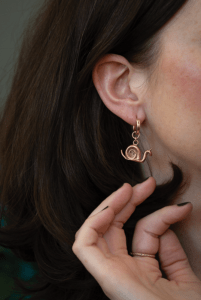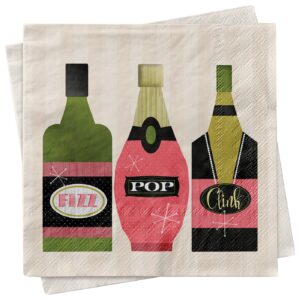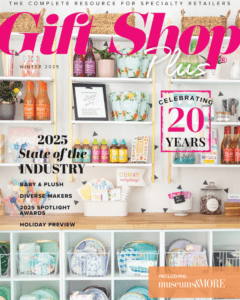A Lesson in Play
Just like most vegetables often have to be covered in cheese to be appetizing to children, an educational toy can only provide benefits if it’s appealing to kids. This is where specialty stores have great potential, as they often grab customers with their unique, fun and educationally relevant merchandise.
Consider this: You’re already playing to a captive audience in that they have come to your store to extend their experience and learn a bit more. Providing the customer opportunities to touch and interact with products inspires learning in a fun, friendly environment. This not only encourages the visitor to increase his or her knowledge, but will also hopefully increase your sales.
“We have had the best response to our Ball of Whacks as an educational item,” said Lynn Araujo of U.S. Games Systems. “We did not specifically position it as an educational toy, but rather as a fun, creativity-inspiring product. Yet parents and teachers alike have shared how many benefits the Ball of Whacks has provided.”
Araujo said that math teachers have indicated how it helps make geometric relationships more tangible and that it improves concentration and focus for other endeavors. It seems to have struck a chord with children and adults alike, combining fun with function.
“Education can’t come at the expense of fun,” agreed Anna Johnson, executive director of sales and marketing for SmartLab Toys. “To cleverly engage, and then empower kids with information, children have to have fun at the same time.”
Roll the Dice
So, first and foremost, toys and games should be fun. The learning components should be an addition to the item, and not the only thing about it (think veggies and cheese, not just cheese.)
“Educational toys are not just flash cards or wooden alphabet blocks,” said Donna Jaffe, Peaceable Kingdom Press. “There are so many creative ways to engage children’s minds and there are many skills to learn via toys and games — how to take turns, how to follow rules, how to read directions, how to play by yourself, how to see spatial or visual connections, etc.”
Action Products has taken a creative approach with their products, offering multiple brands that educate, entertain and encourage active play. Their “IDig” brand offers children the opportunity to excavate hidden treasures. Using real tools, children can unearth dinosaur fossils and Egyptian artifacts while learning about paleontology and archaeology. Many of their Curiosity Kits offer hands-on activities in categories such as the arts, sciences, world cultures and make-believe.
When choosing these products for your store — such as games, toys, books, plush and puzzles — try to reflect the museum’s educational mission and exhibits. Think of them as a way for families to take the museum experience back home with them.
“We have an obligation to reflect the educational mission and renowned national reputation of Strong National Museum of Play,” said Susan Trien, director of public relations at the Strong National Museum of Play. “In that sense, we strive to create a deeper, higher quality shop experience that differentiates us from mass marketers. The museum has a very popular permanent exhibit called “Super Kids Market,” a kid-sized market where kids run the store; our shop, in turn, has a parallel food section with fun food items, wooden puzzles and novelty cooking kits.”
Learn By Doing
Although it’s said over and over in retail, the key to success seems to be location and presentation. Offering interactive displays is a great way to draw customers in. Trien said they often feature demonstrations where customers can touch, feel and experience a product to see how it works, whether it’s an easel, a puppet theater or a ramp racer.
They also advertise special monthly exclusive member discounts and premiums to entice repeat visits to the store by their museum membership base. In addition, they rotate interactive store displays and refresh them often so that museum guests continue to have engaging new shop experiences.
“Learning by seeing and learning by doing are different,” said Erika Radich of Douglas Toys & Games. “Doing” always offers a more valuable experience. Parents are always looking for a way to teach through play and kids love learning that way — it’s a natural partnership.”
Many times parents and grandparents looking to buy gifts for their own kids or friends decide before they walk into a shop that something fun and educational is what they want. When it comes to displays, Billie Anne Dinkel of Action Products recommends they be next to specific product. If placed throughout a shop, consumers will be encouraged to shop around the entire store.
“I do think being able to play a game is very helpful,” Jaffe said. “Having a frequently rotating display table where games can be set out for customers to trial is a great idea. Again, having this table or tables near the section where the items are sold is key.”
Taking that idea a step further, Debbie Kurlansky-Winer of Scratch-Art Co. suggests offering a play-day opportunity as a great way to boost sales, stating that “Play days are pay days.”
It’s easy to cash in on these sales by making sure educational toys and games — not just the recent toy or tween craze — are a part of your specialty store. Parents are always looking to help their children learn and children are always looking for fun. It’s a feel-good purchase for parents and a truly fun learning experience
for kids.











